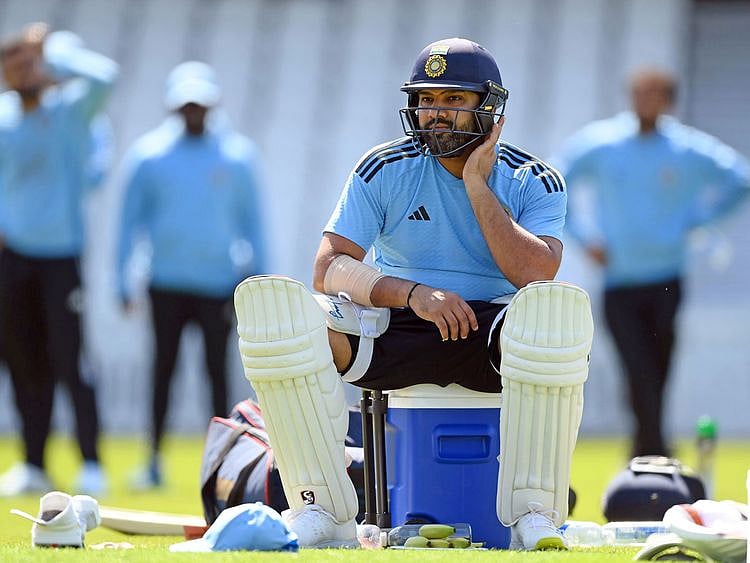Why World Test Championship matters in modern cricket
Rohit Sharma-led India and Australia, captained by Pat Cummins, face off in June 7 final

After the high-octane contests of the Indian Premier League, it's time for the World Test Championship final, which gets underway on Wednesday (June 7). India get another shot at the title after losing the first to New Zealand a couple of years back. Now, Australia stand between them and the Test World Cup.
The Oval (London) clash is the culmination of two years of bilateral series contested by nine Test-playing nations. A world championship of Tests is a cause for celebration since it’s overwhelming proof that the traditional form of cricket is alive.
Test cricket, played over five days, is an anachronism in the modern world. A world in a hurry with little spare time and poor attention span. That has paved the way for the immensely popular 50-over and 20-over games. So popular that they even threatened the future of Tests.
The enduring appeal of Test cricket
The uncertainty has passed, and Tests survived. Although it continues to endure body blows in the form of falling attendance and a shrinking television audience, the longest-format of cricket continues to appeal to the purists.
What is the allure of Tests? It’s cricket in its purest form. A form where technique and temperament are vital for success. It’s a showcase for orthodox play where cross-batted shots are frowned upon, and a defensive stroke draws as much admiration as a six.
Sixes are indeed a rarity as batters eschew risks, preferring to play along the ground. This is why the coaching manuals harp on “rolling the wrists” while playing a square cut or a pull. That is gobbledegook for a generation fed on soaring sixes and mishit boundaries.
Four slips and a gully is a riveting sight in cricket as fast bowlers steam in to bowl. It takes skill and patience to negotiate the swinging and seaming deliveries and prevent the edges from flying to slips or the wicketkeeper.
A sliver of turn will have the spinners rubbing their fingers in delight. A slip, a silly point, a forward short leg, a backward short-leg and a leg slip await the ball that balloons off a tentative bat.
These are searching examinations of a batter’s technique. It’s Test cricket at its best. That’s why England’s Ben Stokes, India’s Virat Kohli and Australia’s Steve Smith prioritise Tests; they know the value of the highest form of cricket.
The long-drawn duels require time, and after two rounds of jousting on a pitch, whose character changes during the game, neither side can win. A draw after five days is a damper. That nearly sounded the death knell of Test cricket. But it received a lifeline from white-ball cricket as brisk batting and athletic fielding ensured results in five-day games, and Tests lived to fight another day.
Test series are bilateral competitions and home conditions favour the hosts, who tend to win more often. It calls for home and away matches, which are difficult to accommodate in a crowded cricket calendar. This means a Test World Cup was near impossible.
We now have the World Test Championship. It’s not perfect. There are still no home and away games. Only nine of the 12 Test-playing countries compete in the tournament (Afghanistan, Zimbabwe and Ireland are left out). India and Pakistan still don’t play each other. Yet, it’s the Test World Cup. And it has revived interest in Test cricket.
Dull, drab and dreary draws no longer make Tests a yawn. The race for points to qualify for the World Test Championship ensures that teams pull out all stops to win. That has enlivened Tests.
After more than 140 years of Test cricket, we had the inaugural world championship at the Rose Bowl, Southampton, in 2021 — 11 years after the idea was mooted by the International Cricket Council. As Australia and India square up at the Oval for the ICC mace (trophy), it’s clear that World Test Championship has a place in cricket today. It’s the pinnacle of cricket in its original form. The purest form.
Network Links
GN StoreDownload our app
© Al Nisr Publishing LLC 2025. All rights reserved.